V
vmrod
Guest
I put an Edelbrock Cam in my car several years ago. While I have the timing cover removed on my engine, should I degree my cam?
Follow along with the video below to see how to install our site as a web app on your home screen.
Note: This feature may not be available in some browsers.
vmrod said:I put an Edelbrock Cam in my car several years ago. While I have the timing cover removed on my engine, should I degree my cam?
 ).
).  ad Try to determine if it is worth your time.
ad Try to determine if it is worth your time. 
vmrod said:I put an Edelbrock Cam in my car several years ago. While I have the timing cover removed on my engine, should I degree my cam?
fine69 said:Pardon my ignorance.... what exactly is degreeing a cam?
GerryLP said:Is the phasing or timing of the valve events in order to extract the best performance. This may sound like a text-book answer, but there aren't many ways to describe it.
In plain language, you're recording what the position of the piston is when a particular valve event occurs (i.e. was the piston just completing the compression stroke when the valve opened at a particular point).
And this is most logical when one compares a particular cam's advertised duration (i.e. a Compcam's Extreme Energy 268 cam) to the pistons stroke length. In a typical 350 engine, the stroke is 3.48" using 5.7 rods. A stroker engine may use a 3.50 stroke with 6.0" rod. So using the very same cam in the example above (the H268) will yield a different phasing or timing to what the pistons are doing in a particular stroke.
So as it can be seeing, one cannot just stick the same cam that made 330 Hp at the wheels for cousin Joe's 350 sbc in the stroker motor you're dreaming of putting together without first learning what the cam is doing at a particular stroke on your beloved stroker.
GerryLP:cool
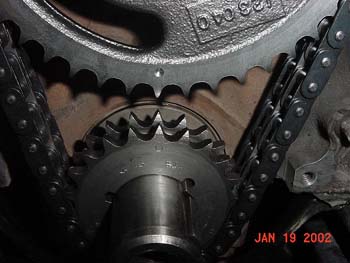


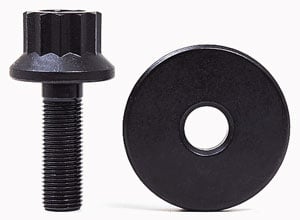
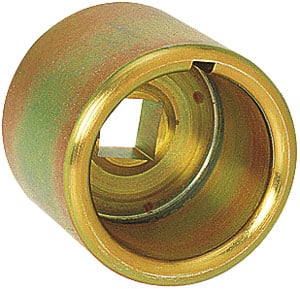

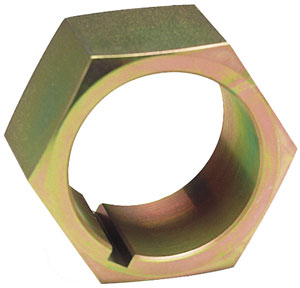
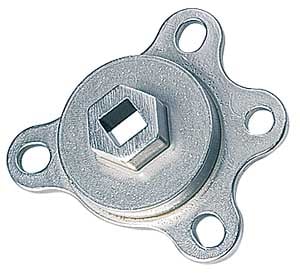
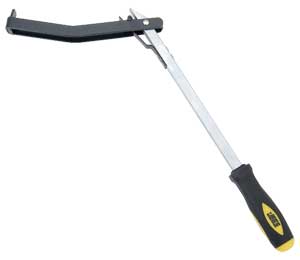
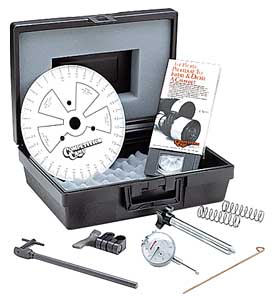
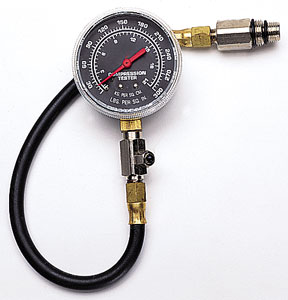



GerryLP said:Is the phasing or timing of the valve events in order to extract the best performance. This may sound like a text-book answer, but there aren't many ways to describe it.
In plain language, you're recording what the position of the piston is when a particular valve event occurs (i.e. was the piston just completing the compression stroke when the valve opened at a particular point).
And this is most logical when one compares a particular cam's advertised duration (i.e. a Compcam's Extreme Energy 268 cam) to the pistons stroke length. In a typical 350 engine, the stroke is 3.48" using 5.7 rods. A stroker engine may use a 3.50 stroke with 6.0" rod. So using the very same cam in the example above (the H268) will yield a different phasing or timing to what the pistons are doing in a particular stroke.
So as it can be seeing, one cannot just stick the same cam that made 330 Hp at the wheels for cousin Joe's 350 sbc in the stroker motor you're dreaming of putting together without first learning what the cam is doing at a particular stroke on your beloved stroker.
GerryLP:cool
glen242 said:A stroker engine WILL NOT use a 3.50 stroke (stock is 3.48) regardless of 6.0" rods. The rods do nothing to increase the stroke, it depends upon the crankshaft. A 3.75 crank with 5.7 or 6.0 rods will give you exactly the same displacement. A 383 stroker is an engine with a 3.75" stroke and a 4.030 bore.
 However, weld-filling the rod throw journals to increase stroke is an old technique that hot-rodders have used to stroke their 3.48 stroke crankshafts (as well as de-stroking).
However, weld-filling the rod throw journals to increase stroke is an old technique that hot-rodders have used to stroke their 3.48 stroke crankshafts (as well as de-stroking). 
